
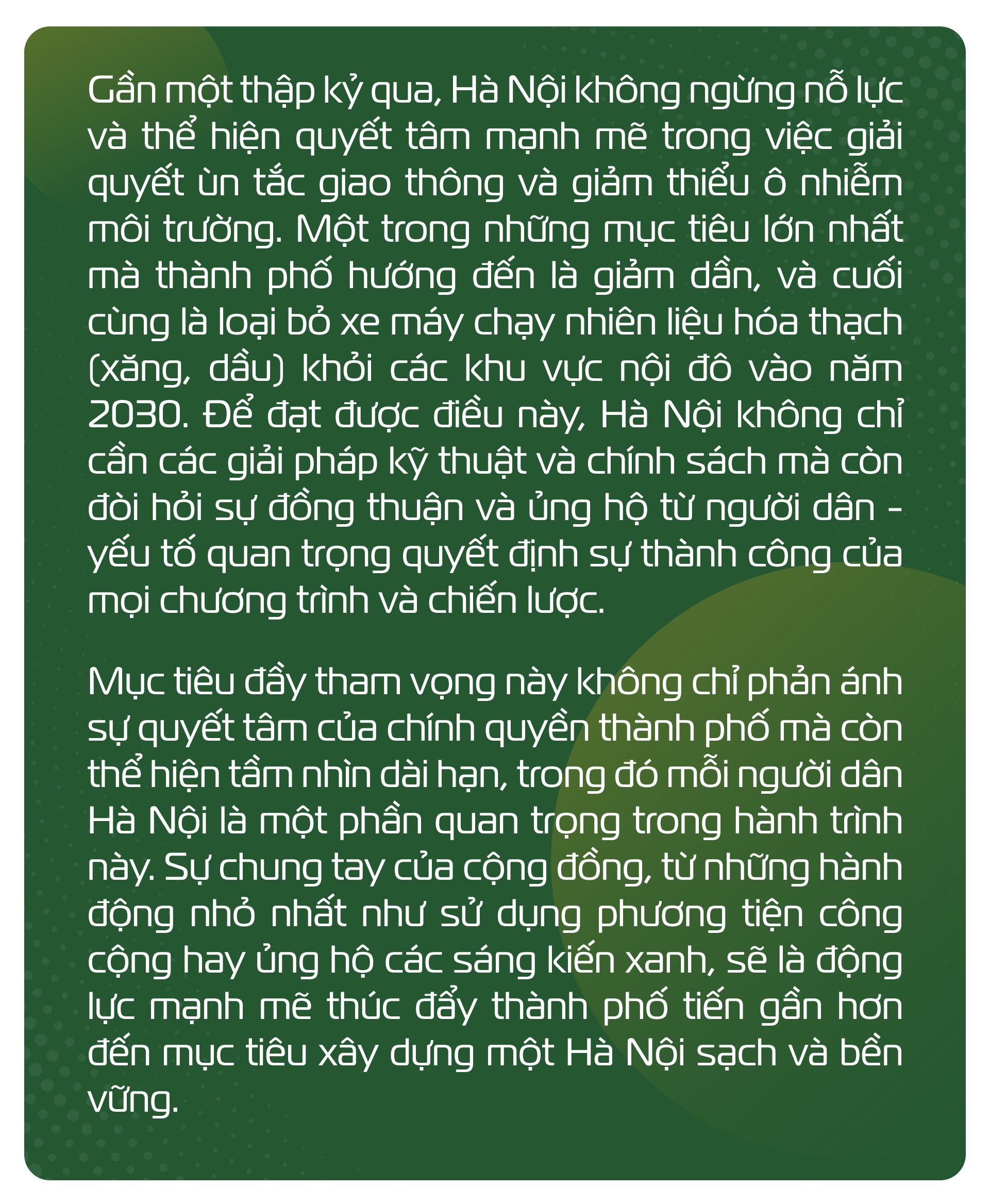

In January this year, Dr. Tran Van Mieu - Head of the Environmental Communication Department, Vietnam Association for Conservation of Nature and Environment - bought an electric motorbike worth 27 million VND. He said that he did it not only to travel, but also to contribute to reducing air pollution in Hanoi , promoting the development of green transportation.
"As a scientist and a social worker, I feel responsible for calling on people to join us. We may suffer some initial losses, but that is a necessary sacrifice for a transformation revolution - from polluting vehicles to environmentally friendly vehicles. If the government, businesses, and social organizations share the burden, people will feel secure and united," said Dr. Tran Van Mieu.
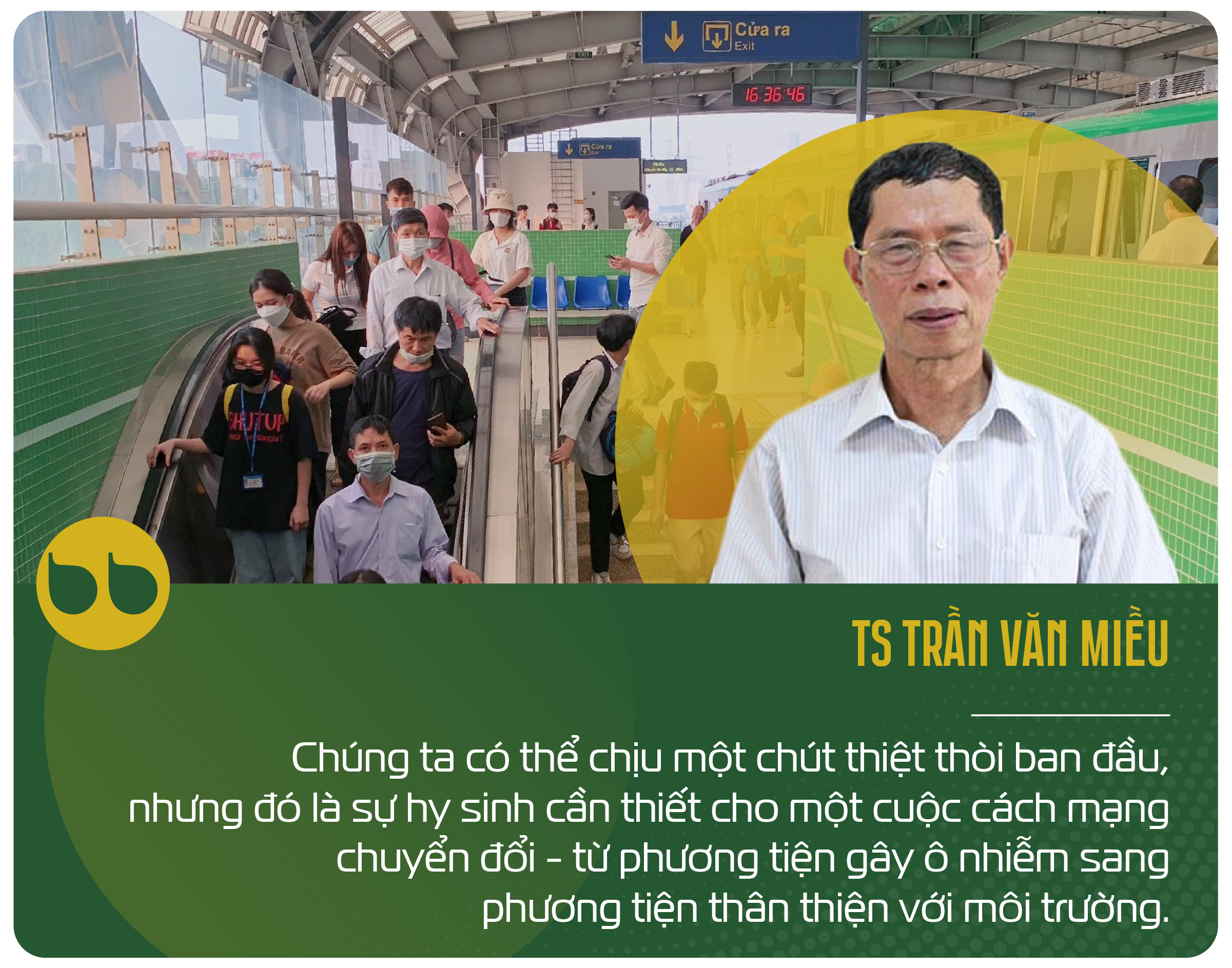
However, Dr. Mieu said that not everyone has the conditions to convert, any new policy will have a certain impact, especially on the people - the group directly affected.
"This especially affects the working class, those who earn their living every day in the inner city. So the problem is how to balance the requirements of developing a green, smart, civilized city and protecting the rights and livelihoods of the people," Mr. Mieu raised the issue.
On July 12, Prime Minister Pham Minh Chinh signed and issued Directive No. 20/CT-TTg on a number of urgent and drastic tasks to prevent and resolve environmental pollution.
The Directive requires Hanoi City to implement measures to support organizations and individuals in converting their vehicles, ensuring that from July 1, 2026, there will be no more motorbikes and scooters using fossil fuels circulating in the Ring Road 1 area.
The Directive is considered a very timely, accurate and necessary step, demonstrating the Government's political determination in realizing international commitments, especially the commitment to bring net emissions to "zero" by 2050. There are only 25 years left from now to that time - not a long time for such a big goal. To achieve this, we must gradually change in terms of policy, infrastructure, technology and social awareness.
Assessing Directive 20 as a necessary and urgent step in the face of serious pollution, Dr. Tran Van Mieu also emphasized the need to solve the problem of social security for the people, so that no one is left behind when switching means of transport, from gasoline vehicles using fossil fuels to electric vehicles, clean fuel, and environmentally friendly.
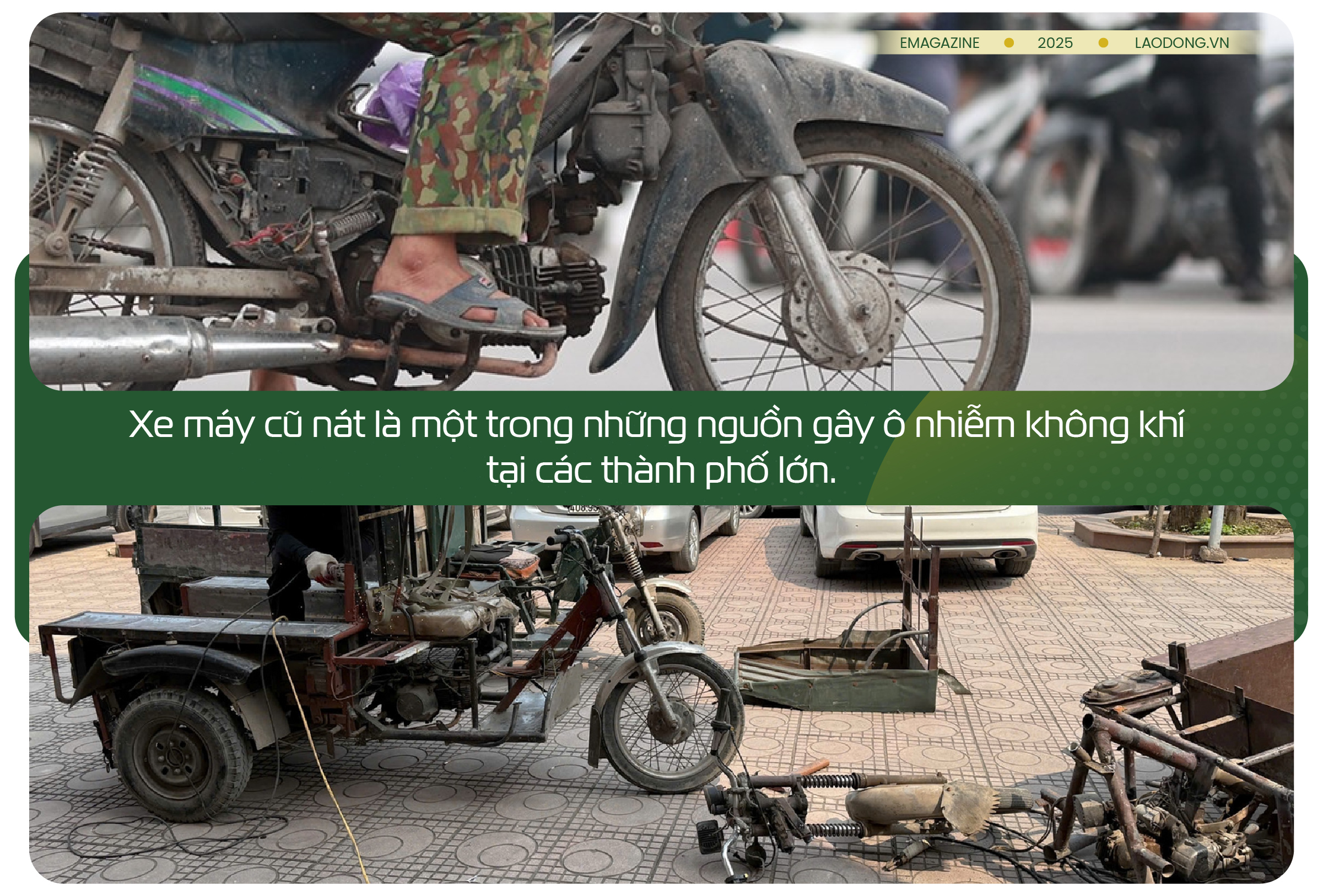
Dr. Tran Van Mieu said that, first of all, Hanoi needs to review and re-evaluate the entire number of motor vehicles in the area. According to him, the figure of 9.2 million cars and motorbikes may not be complete, because it also has to take into account the number of vehicles from neighboring provinces and the whole country pouring into Hanoi every day. Only with accurate and updated figures can appropriate policies be formulated.
In addition to quantity, the level of emissions must be assessed. New vehicles emit less emissions, but in reality, Hanoi still has many old, over-used vehicles - especially cargo vehicles and small retail vehicles. These vehicles are often poorly maintained, causing heavy pollution. Measures need to be taken to control, screen, and gradually replace them.
The city needs to immediately develop a specific action roadmap from now until July 2026. There are only 12 months left, which means there is not much time left. If there is no specific plan for each time frame and each work content, we will easily fall into passivity. The reorganization of the enforcement apparatus, between the city and grassroots governments, must also be done synchronously.
In addition to the technical roadmap, Hanoi must definitely go along with policies on social security and livelihood support. Without humane and practical policies, people will not agree, and thus the policy will hardly succeed. Banning is easy, but implementation must be organized in a way that people understand, trust, and support.
"I often say: people's consensus is the "golden measure" of all policies. To have that consensus, first of all we must do a good job of propaganda and dissemination. We must make people understand clearly: this is not only the government's job, but the job of each citizen, and their own interests" - Mr. Mieu emphasized.
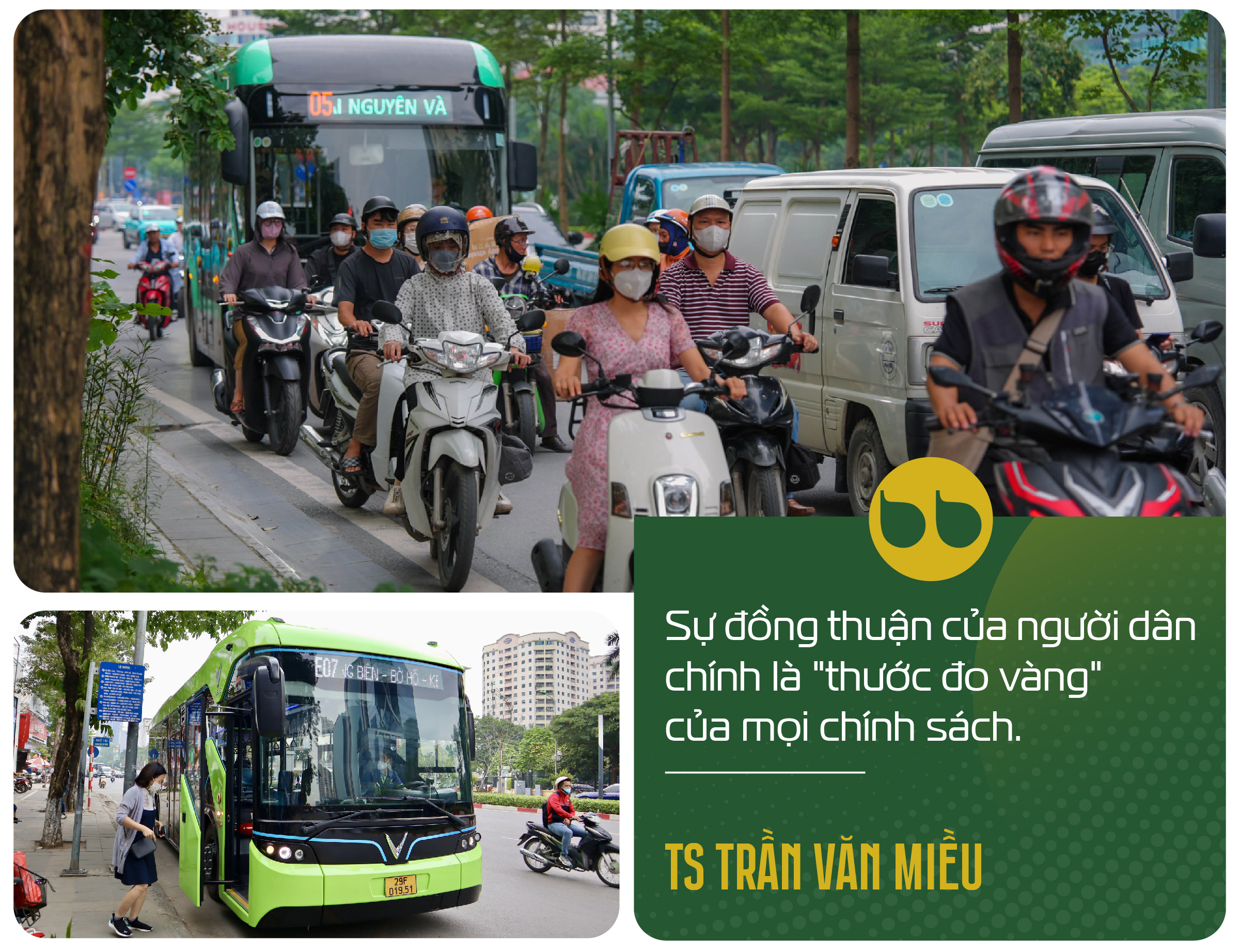

Looking back on the journey of a decade, Hanoi has made constant efforts and shown great determination in solving the problems of traffic congestion and environmental pollution, aiming towards the big goal of limiting, and eventually eliminating, gasoline-powered motorbikes in inner-city areas by 2030.
10 years ago, at the 14th Session (early December 2015), the 14th Hanoi People's Council approved a target program to reduce traffic congestion and ensure traffic safety in the city for the period 2016-2020. The important goal of this program is to limit the increase in personal vehicles, especially motorbikes, helping to reduce air pollution, environmental pollution, and limit traffic congestion.
On December 28, 2015, at the Government's online conference with localities, the Chairman of the Hanoi People's Committee proposed that the Government coordinate with ministries and branches to develop a roadmap to limit personal vehicles, including motorbikes. At this time, Hanoi has 18,000-22,000 new motorbikes and 6,000-8,000 newly registered cars each month. By 2020, Hanoi will have nearly 1 million cars, along with 7 million motorbikes.
Therefore, if there is no timely solution such as limiting the use of motorbikes and finding ways to develop public transport, traffic congestion will become more and more serious.
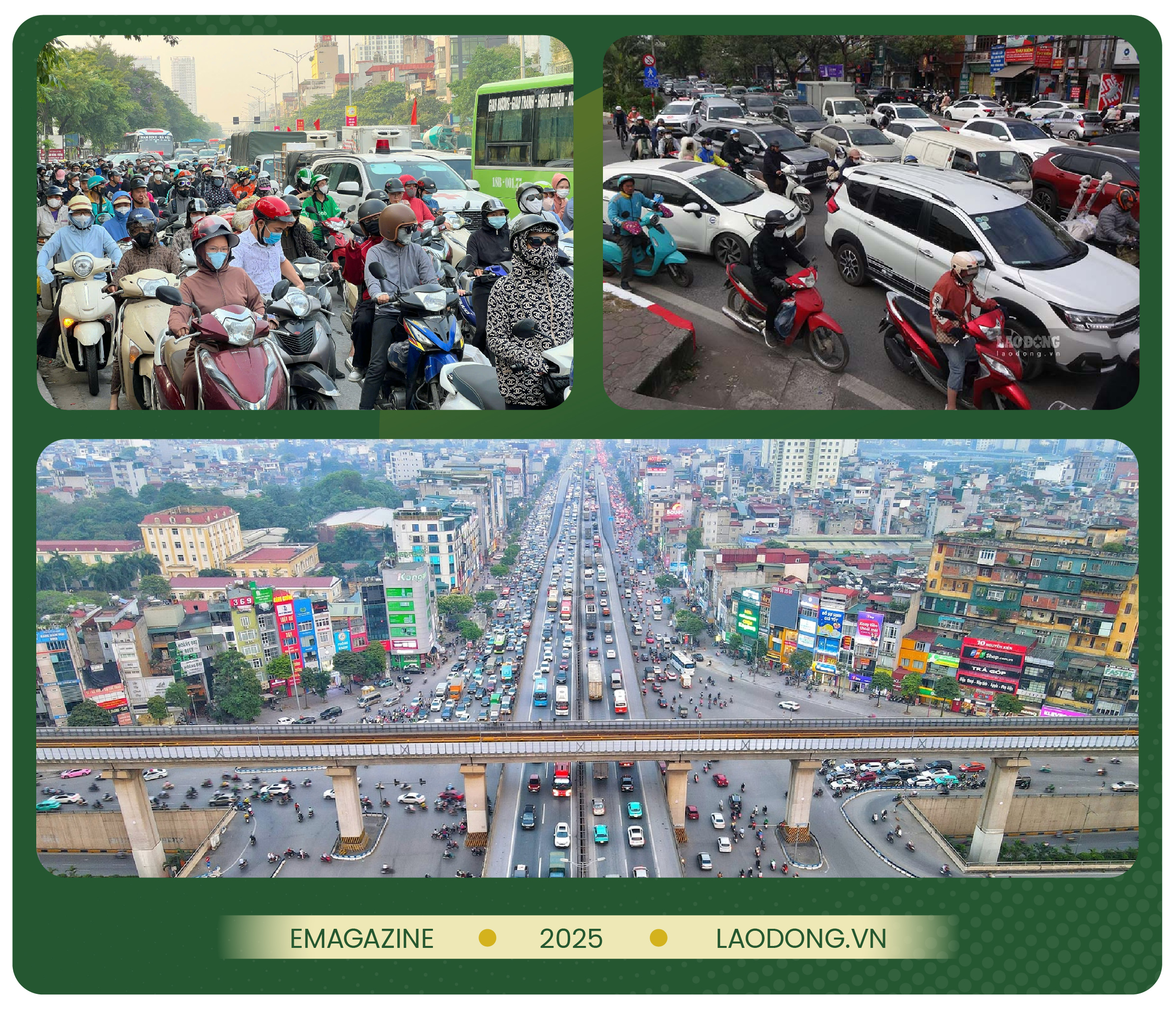
In mid-2016, the Hanoi Party Committee drafted an urban modernization program with a roadmap to limit motorbikes, aiming to stop motorbikes by 2025. However, some opinions said that Hanoi could not ban motorbikes at that time because the public transport system was not fully developed.
On July 4, 2017, the Hanoi People's Council passed Resolution 04 on the Project "Strengthening the management of means of transport to reduce traffic congestion and environmental pollution in the period of 2017-2020, with a vision to 2030". In which, the controversial goal is the roadmap to stop motorbikes in inner-city districts by 2030. At present, Hanoi has more than 5 million motorbikes in circulation, which are the main means of transport for people.
However, the implementation of the Resolution has encountered many difficulties and obstacles. In August 2024, in the report on the Resolution on socio-economic development for the 5 years 2021-2025, the Hanoi Department of Transport (now the Hanoi Department of Construction) admitted that the project to limit motorbikes had not been completed on schedule. The reason given was that this was a difficult and sensitive topic that needed to be carefully studied to ensure that it did not have too great an impact on people's lives. The Department also pledged to continue reviewing and perfecting the project before proposing appropriate solutions.
It was not until June 9, 2025, at a meeting with the Vietnam Association of Motorcycle Manufacturers, that City Chairman Tran Sy Thanh affirmed that Hanoi is steadfast in its policy approved by the People's Council in 2017 on managing personal vehicles to reduce congestion and environmental pollution. Hanoi will maintain the roadmap to limit motorbikes in the core areas of the city by 2030, while gradually switching from gasoline motorbikes to electric motorbikes.
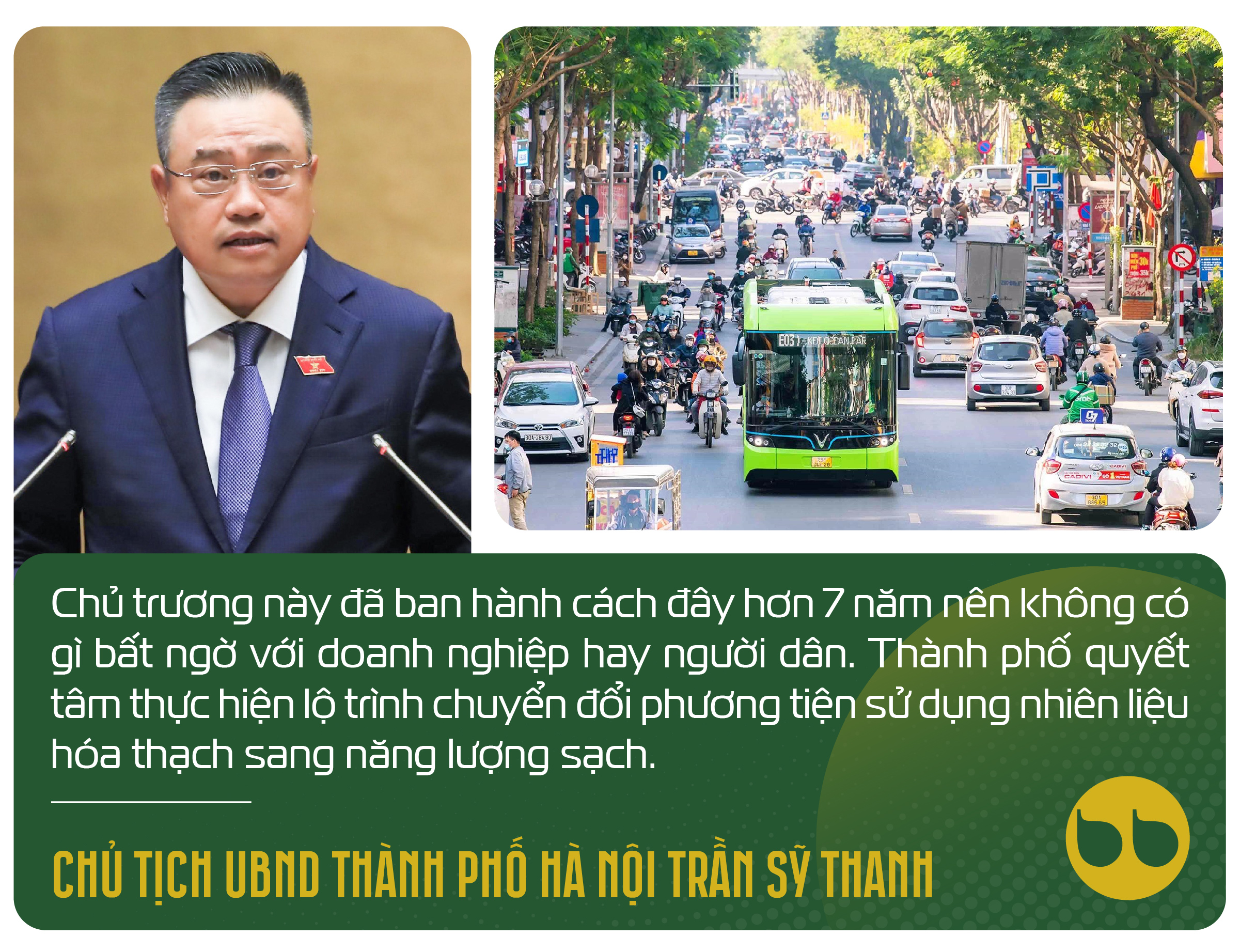
Especially when Directive No. 20 of the Prime Minister was issued, setting a roadmap for Hanoi to have no motorbikes or scooters using fossil fuels circulating in the beltway 1 by July 1, 2026. This has created a "push" for the city to realize the 10-year journey towards no more petrol motorbikes in the inner city.
Mr. Nguyen Anh Quan - Deputy Director of the Hanoi Department of Agriculture and Environment said that Directive 20 of the Prime Minister is urgent, especially in the recent context, the monitoring system and air pollution assessment tools have applied modern science and technology, combined with information technology and artificial intelligence. These technologies are updated regularly and accurately to each area, allowing for detailed pollution assessment.
According to Mr. Quan, the results from these systems show that the level of air pollution in Hanoi caused by vehicles using fossil fuels accounts for over 50%.
The Deputy Director of the Hanoi Department of Agriculture and Environment also emphasized the comprehensiveness of Directive 20, when the Prime Minister not only mentioned the issue of environmental pollution in general but also required solid waste treatment in urban areas and pollution treatment in river basins. "Directive 20 has proposed specific policies and groups of solutions to solve the problem of environmental pollution, with the ultimate goal of bringing clean air to the people," Mr. Quan affirmed.
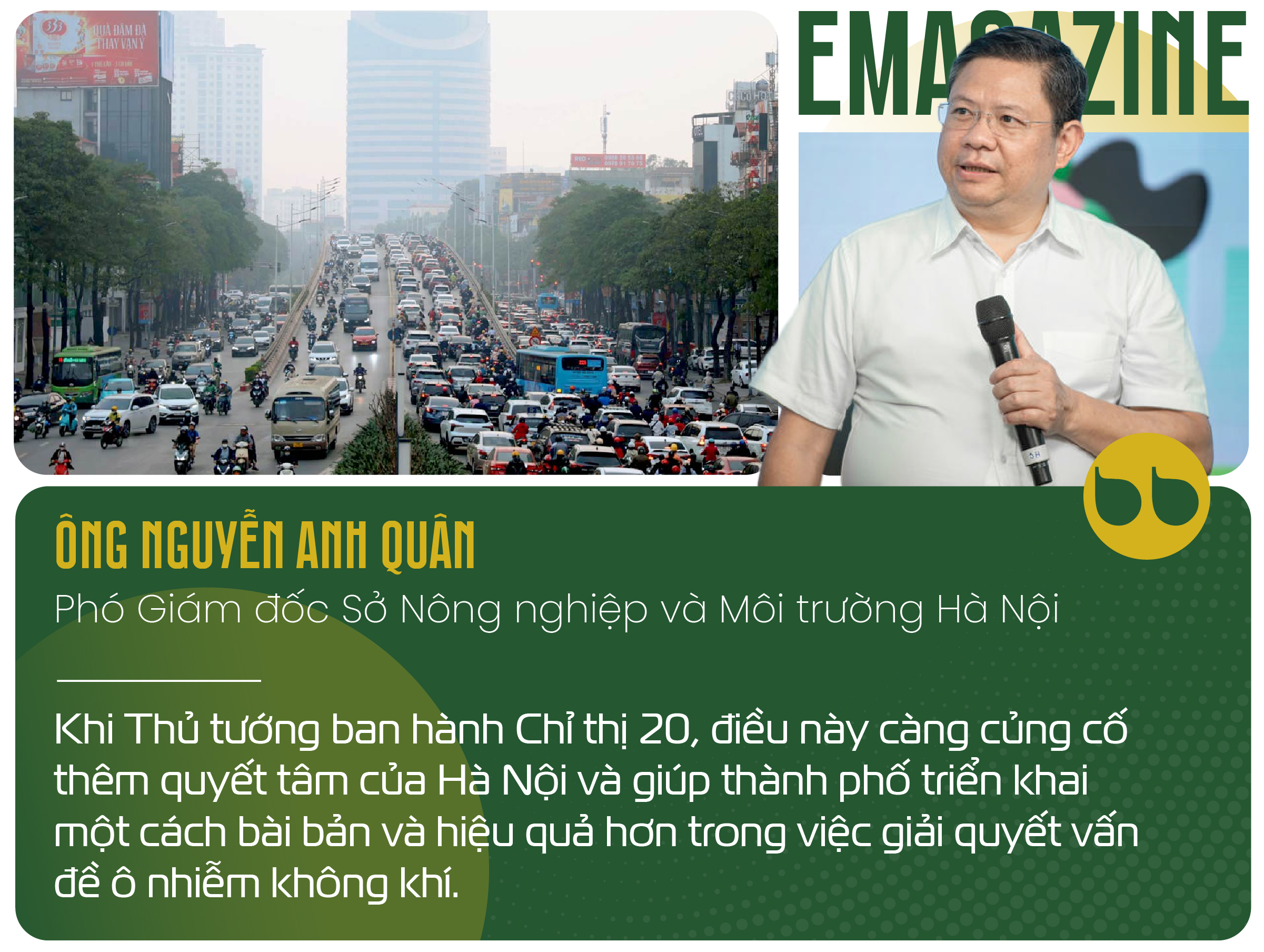
Mr. Hoang Van Thuc - Director of the Department of Environment, Ministry of Agriculture and Environment also commented that the instructions in Directive 20 of the Prime Minister are general and comprehensive, focusing on many contents.
The Directive provides a group of very specific solutions and tasks to solve the environmental pollution in general, air pollution in some large cities, wastewater in river basins or solid waste treatment in urban areas and rural areas. The Directive provides many other complementary solutions with overall mechanisms and policies to achieve the goal of minimizing environmental pollution, bringing a peaceful life to the people.
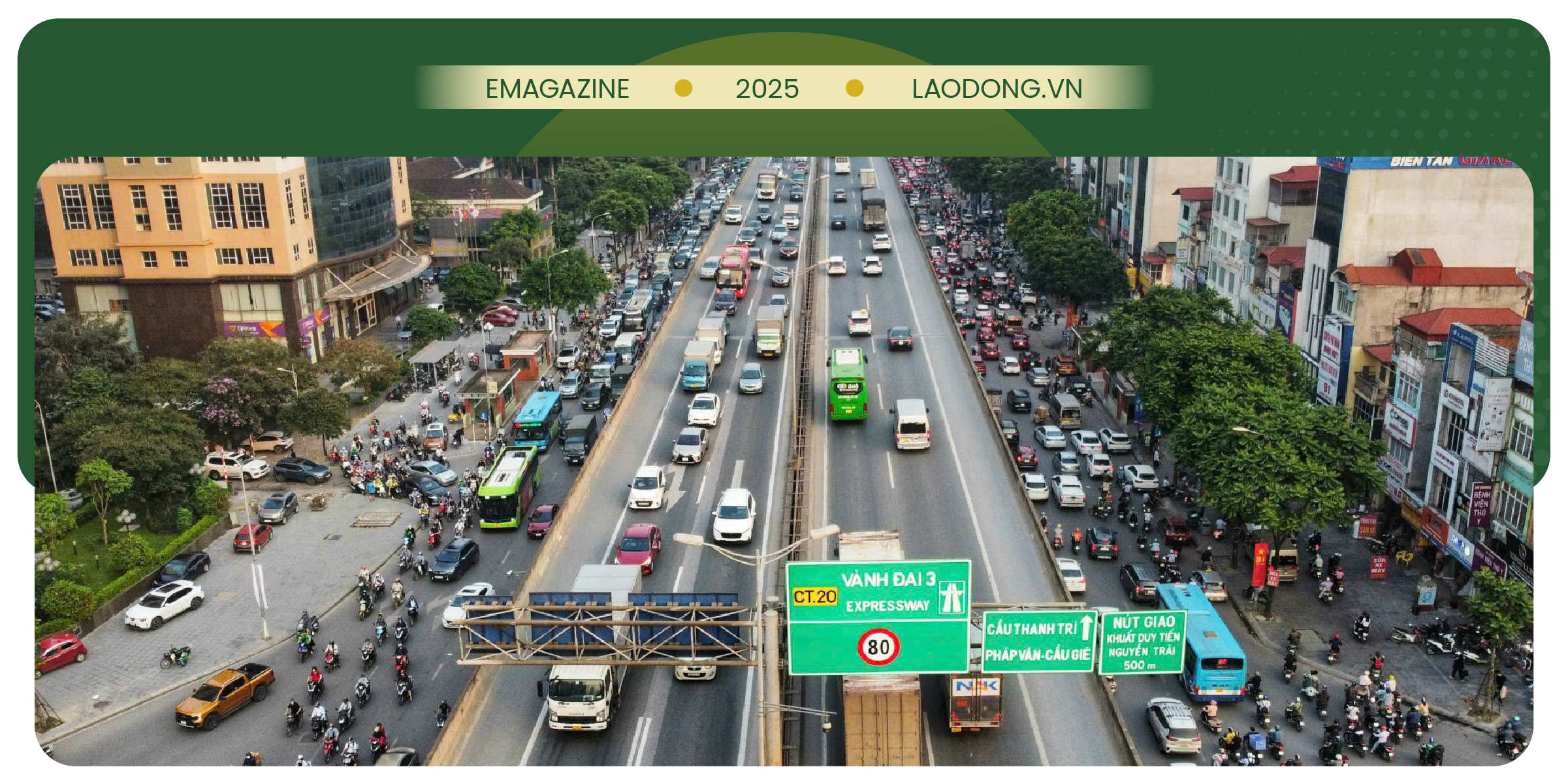
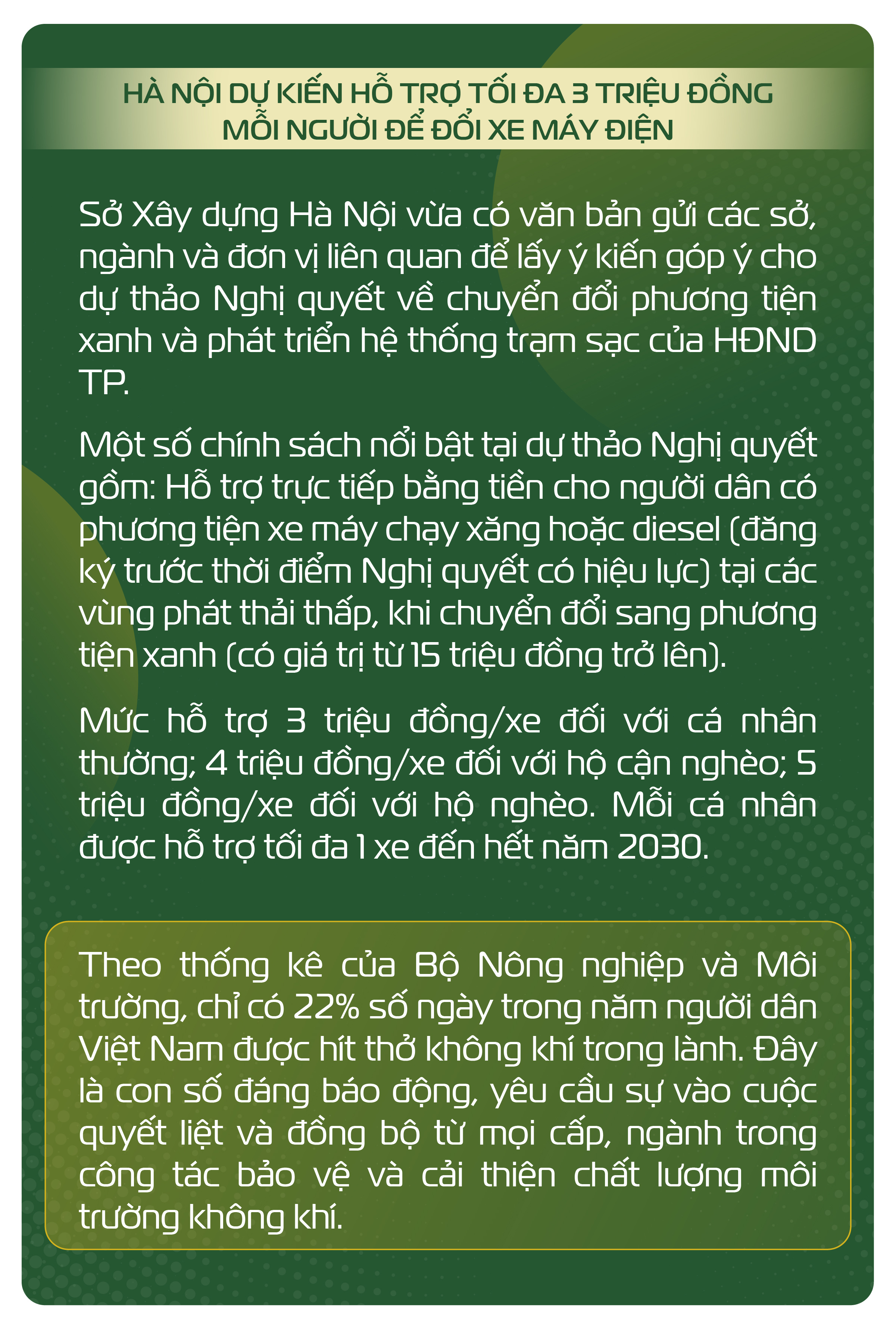
Laodong.vn
Source: https://laodong.vn/emagazine/gan-1-thap-ky-ha-noi-tien-toi-khong-con-xe-may-xang-o-noi-do-1541624.ldo


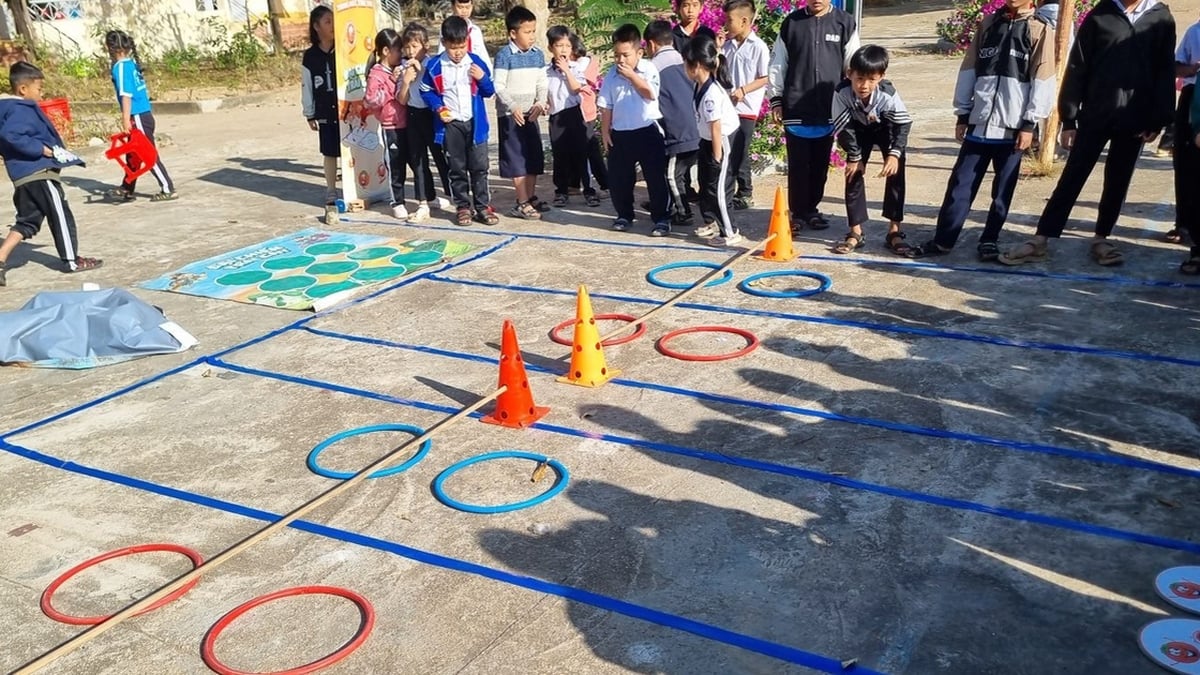
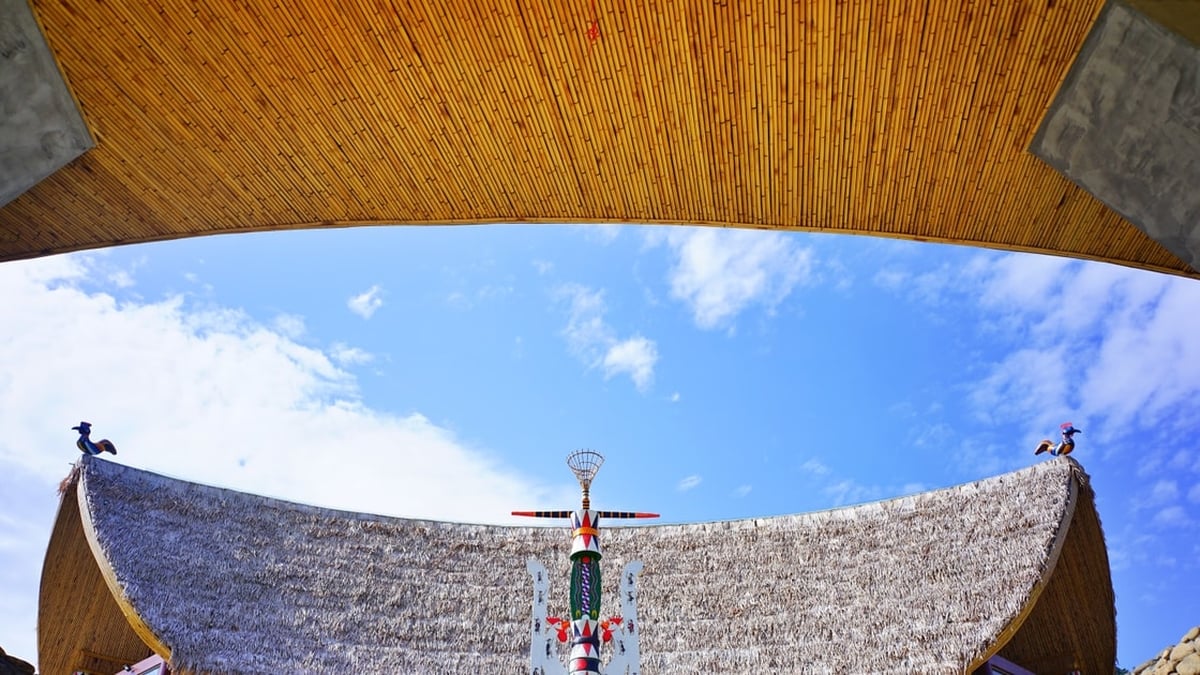


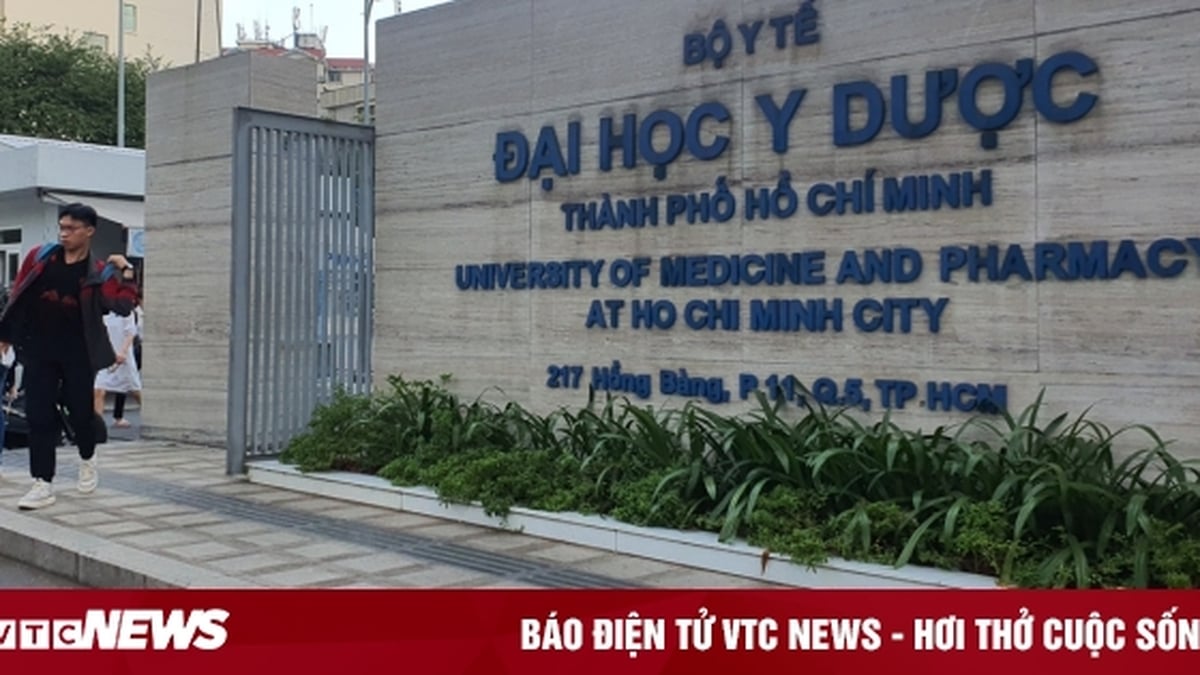
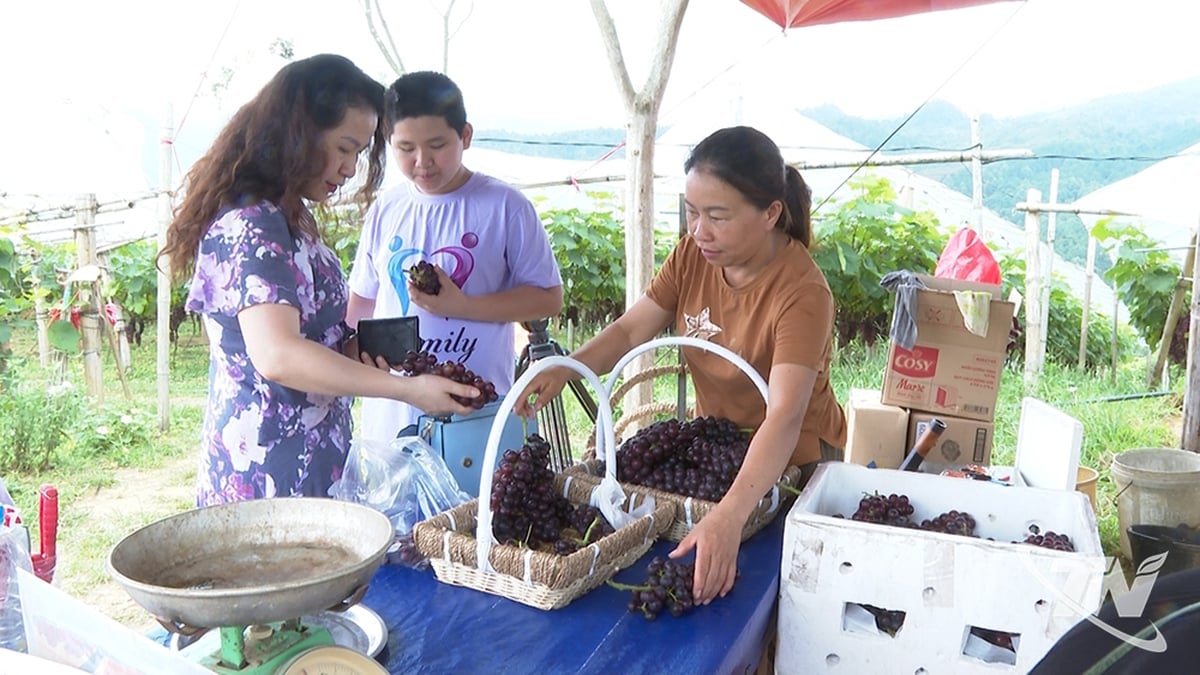
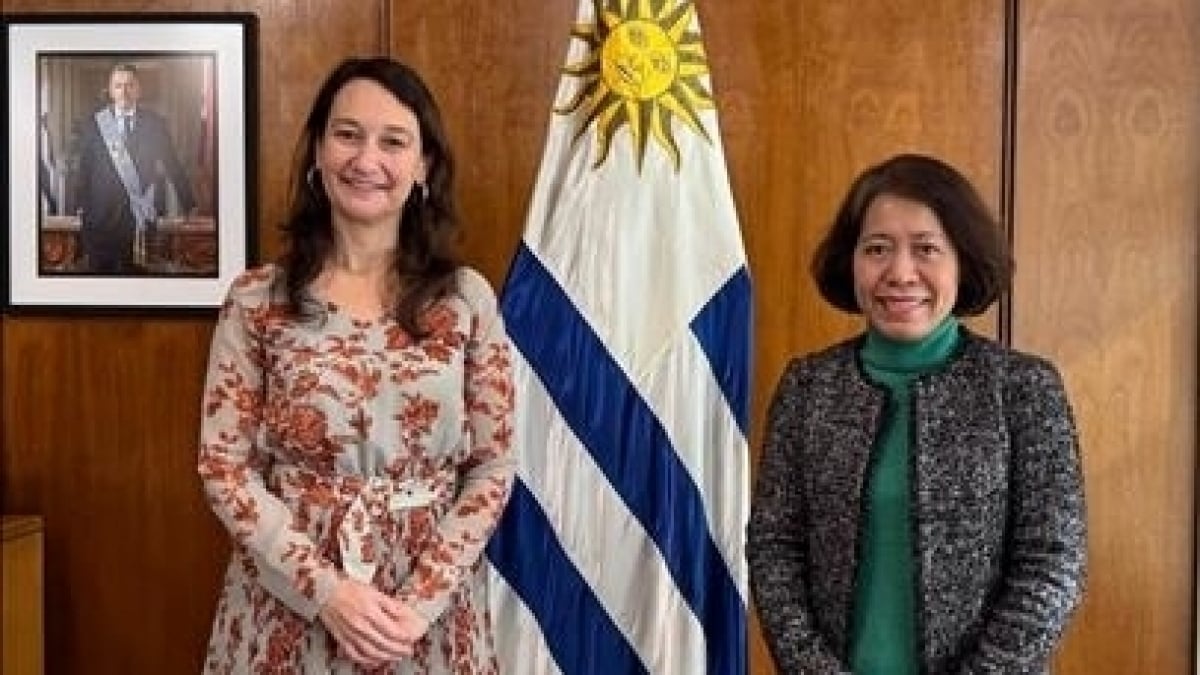

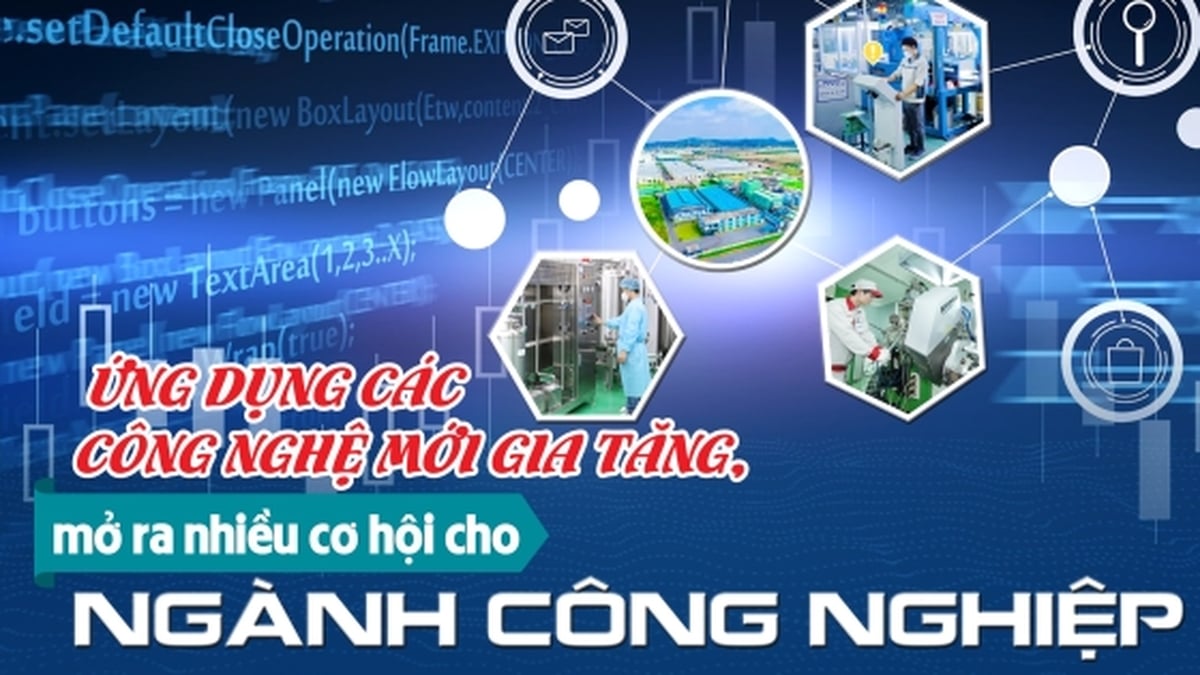
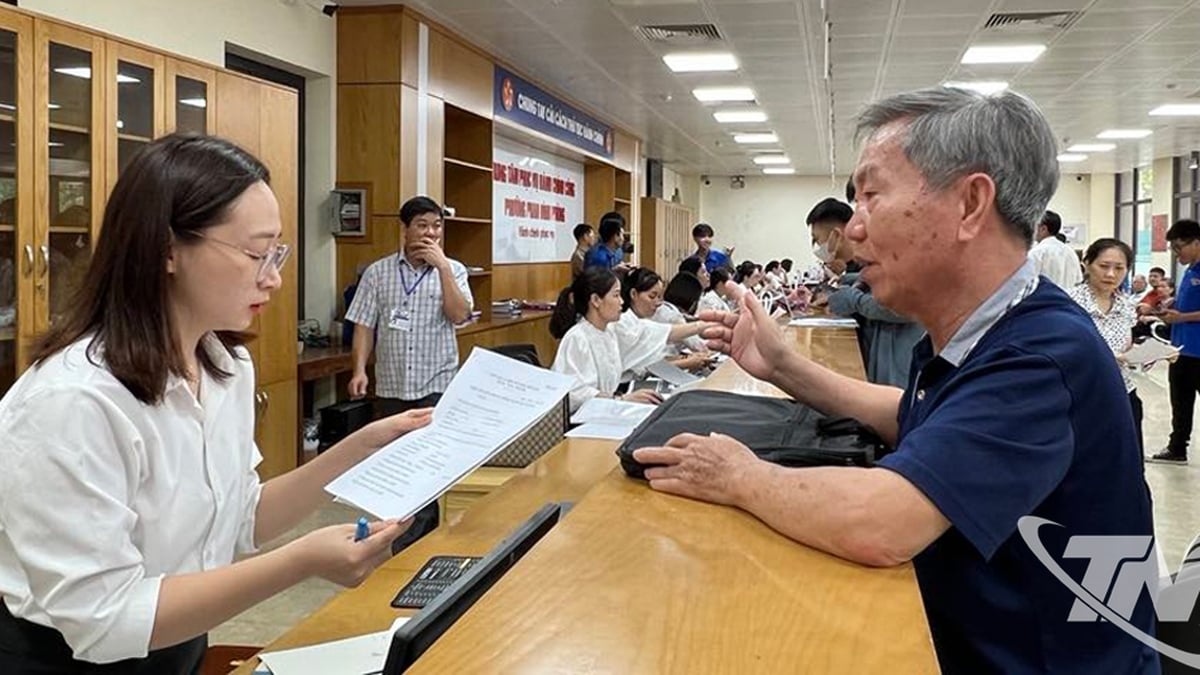


















































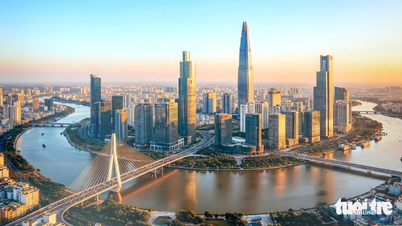

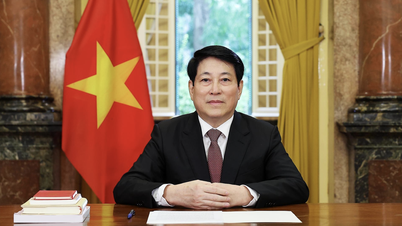


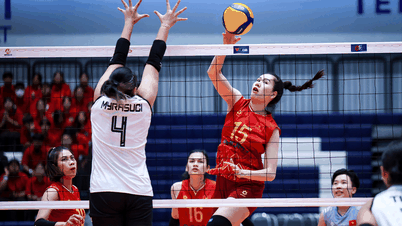
































Comment (0)